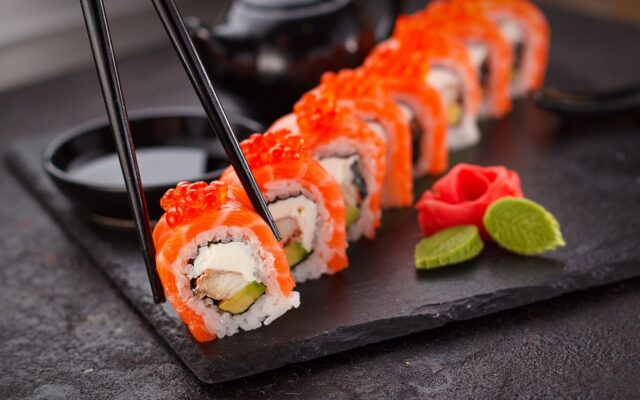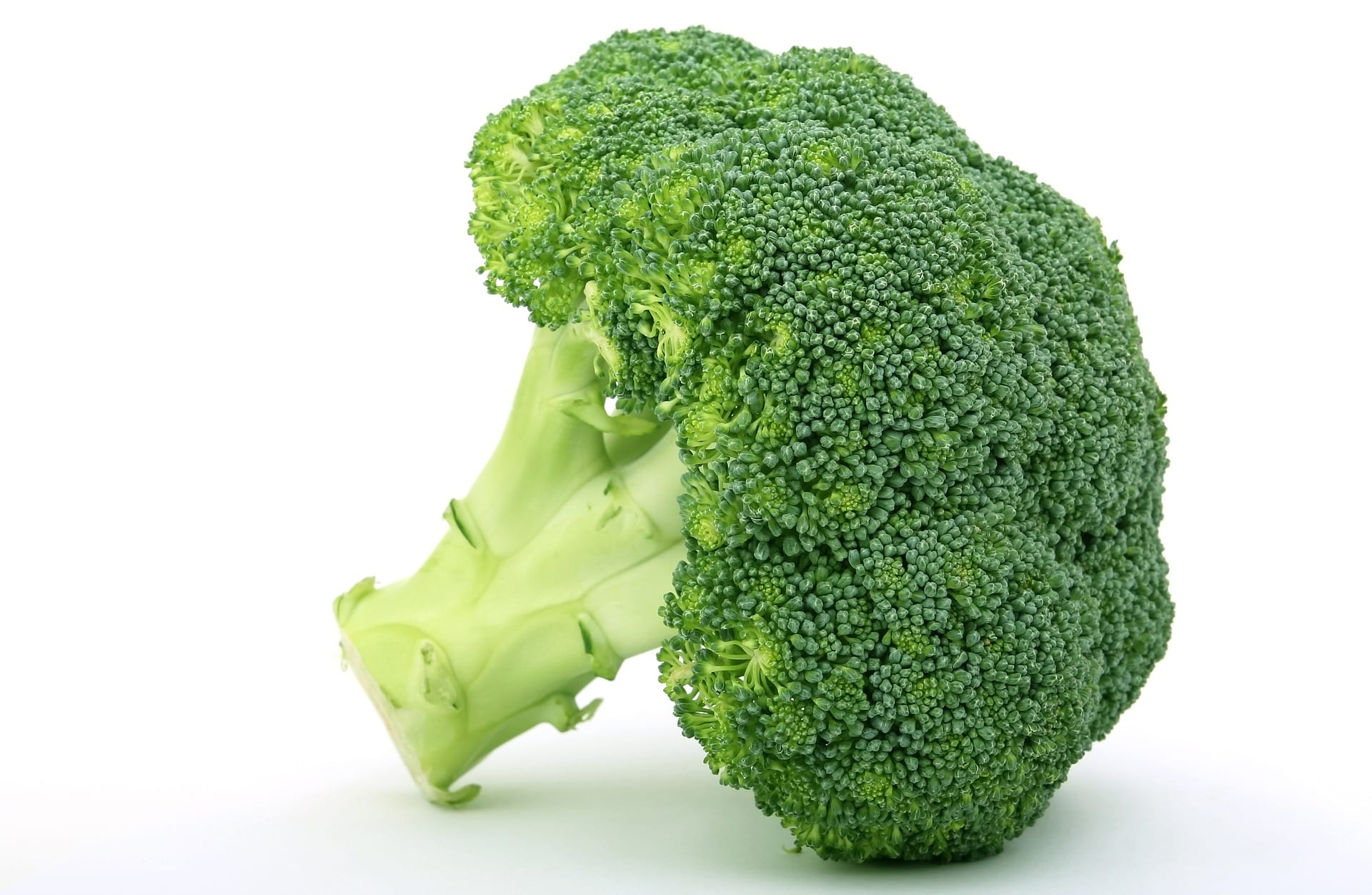Here are three myths about sushi that you thought were true but actually aren't.
First myth: is sushi Japanese?
Although it may surprise you, no, sushi is not Japanese. the sushi is originally from China. It all starts by chance, like a food preservation system. The rice was prepared together with the fish and remained together long enough to ferment. The curious thing about all this is that, at first, only ate the fish and the rice was discarded. It was in the XNUMXth century AD when this preservation method spread to Japan. The Japanese people chose not to throw away the rice and eat it together with the fish. This food received the name of seiseizushi and it became a way of eating food and not preserving it.
Second myth: with chopsticks?
The second myth that we come to deny is that of the famous chopsticks. I'm sure that if you've ever eaten sushi, you've used the damned chopsticks, which more than cutlery seem like some kind of age-old torture. Whenever you use them you end up asking for a fork and a knife or eating the sushi pieces with your hands, Well, you're not doing so bad! Eating sushi with chopsticks is a cliché, the truth is that sushi is a dish that should be eaten in one bite and that traditionally, it is eaten with the hands.
Third myth: wasabi, in soy sauce?
The third myth has to do with wasabi. He wasabi, In case you have no idea what it is, here is a link to a previous article in which we explained it to you in the first paragraph: https://informaciongastronomica.com/el-wasabi-del-montseny-con-yamaaoi/, it is not tossed in the soy sauce. But in short, the wasabi is a spicy condiment whose function is to enhance the flavor of fish. The right way to eat it is by taking a small amount of this dressing and placing it on the raw fish. Although if you like to mix it with soy sauce... why not do it? Many sushi masters already include it in the piece, placing the wasabi between rice and fish. In short, if you are a lover of sushi it is very good to know how to use wasabi, but do not forget that for tastes colors and that experimentation is basic in gastronomy.







